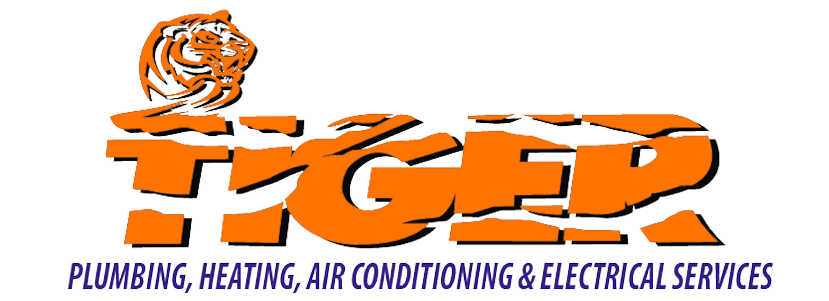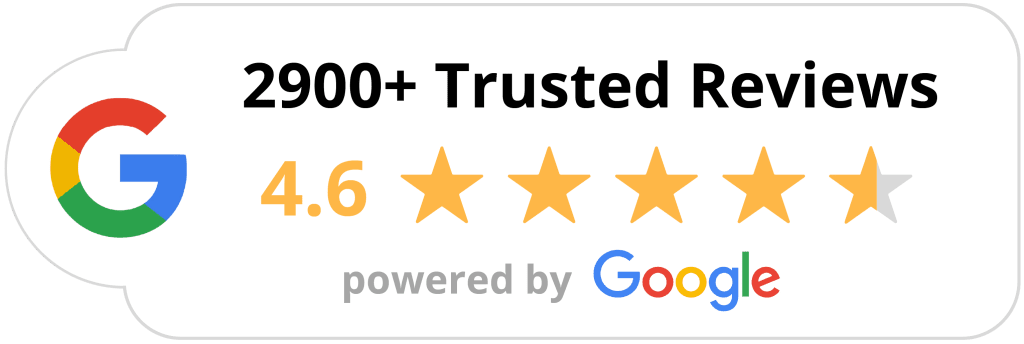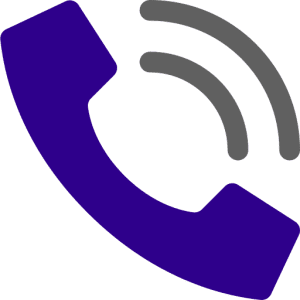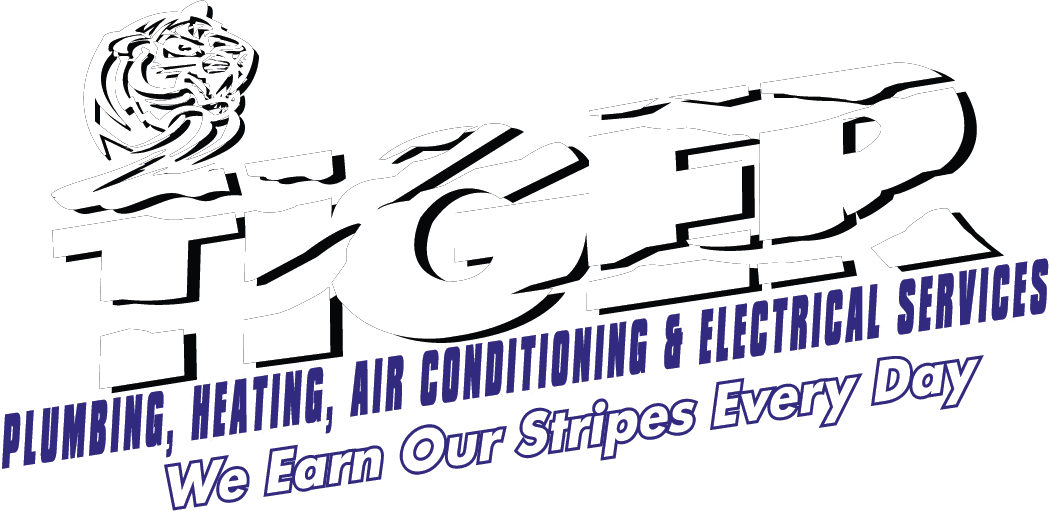At one point in our lives or another, we have all had the unfortunate experience of handling a clogged toilet. When a toilet gets clogged, the water can begin to overflow. Not only do you have the trouble of fixing the clog, but you now have to clean up the tainted water that is filling up your bathroom. This can lead to contamination and health issues, as well as significant water damage to your property.
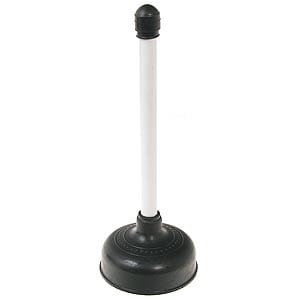
When you’re facing a clogged toilet, you may instinctively grab a plunger and start pumping up and down until the water goes down. But, if you don’t know how to plunge the toilet accurately, you may be dealing with this issue again sooner than you think.
To make sure that you don’t have to revisit this crisis in the future, it’s essential that you properly learn how to unclog a toilet, both with and without a plunger. Understanding these methods should be on every homeowner’s plumbing checklist so that you can confidently unclog a toilet with ease, alleviating the stress and added costs that come with the trouble.
What Causes Toilets to Clog?
While a toilet itself is rather durable, the inner mechanisms of the unit are complex and can easily be damaged. If you flush objects down the toilet that are not designed to be disposed of, you could easily damage the pipes, flow of water, and other components.
Here is a list of things you shouldn’t flush down the toilet and other possible causes of clogs:
- Too Much Toilet Paper: Excessive use of toilet paper, especially in a single flush, can overwhelm the plumbing system, leading to clogs and blockages in the toilet pipes.
- Foreign Objects: Flushing items other than toilet paper, such as wet wipes, hygiene products, or foreign objects, can obstruct the toilet drain and contribute to clogs.
- Continuous Flushing: Frequent and consecutive flushing without allowing sufficient time for the toilet to clear can result in the accumulation of waste, causing a blockage in the drain.
- Clogged Sewer Line: Issues in the main sewer line, such as tree roots, debris, or foreign objects, can lead to toilet clogs as the wastewater faces difficulty passing through the blocked sewer line.
- Improper Toilet Installation: Incorrect installation of the toilet, including improper wax ring placement or faulty connections, may cause water and waste to back up, resulting in persistent clogs and plumbing issues.
Problems a Clogged Toilet Can Cause
Nobody wants to deal with an overflowing toilet. Stepping in putrid water is not only disgusting but also dangerous. From health problems to damage to your plumbing system, there are a number of problems a clogged toilet can cause, including:
- Health Risks: A clogged toilet can pose health risks as stagnant water and waste may become a breeding ground for bacteria and other germs, potentially leading to hygiene-related issues and illnesses.
- Foul Smells: The accumulation of waste and stagnant water in a clogged toilet can result in unpleasant odors, permeating the bathroom and adjacent areas, causing discomfort and hygiene concerns.
- Burst Pipe: If the clog is severe and the pressure builds up, it may lead to a vibrating and burst pipe. This can cause water damage, structural issues, and other problems within your system.
- Unusable Toilet: Perhaps the most immediate problem is that a clogged toilet makes the fixture unusable. This inconvenience can disrupt daily routines and other emergencies in your home.
How to Unclog a Toilet With a Plunger
Here is a step-by-step process on how to properly unclog a toilet with a plunger:
- Preparation: Before getting started, gather the necessary tools: a plunger, rubber gloves, and old towels.
- Turn Off the Water Supply: This is especially important if your toilet is overflowing. To cease the dangers of excess water, use the shut-off valve to turn off the water supply to the toilet.
- Position the Plunger: Place the plunger over the drain opening, ensuring a tight seal. The plunger cup should cover the drain completely.
- Create a Seal: Press down gently to create a seal between the plunger cup and the drain. Make sure the plunger is submerged in water.
- Plunge Up and Down: Firmly grasp the handle, push the plunger down, and then pull up in a vigorous motion. Repeat this up-and-down motion several times, maintaining the seal.
- Check for Drainage: After several plunges, check if the water begins to drain. If it does, continue plunging until the toilet flushes properly.
- Repeat if Necessary: If the clog persists, repeat the plunging process. It may take several attempts to dislodge the obstruction completely.
- Flush and Test: Once the water drains freely, flush the toilet and make sure the clog is completely emptied. Test with a small amount of toilet paper to confirm proper drainage.
- Clean and Dispose: Dispose of any waste or debris in a trash bag, and thoroughly clean the plunger before storing it.
How to Unclog a Toilet Without a Plunger
Do you not have a plunger at your disposal but still need a reliable way to unclog your toilet? There are various other methods you can use to achieve your goal. DIY plumbing can be difficult but also effective. Here’s how to unclog the toilet without a plunger:
- Baking Soda and Vinegar: Mix a cup of baking soda with a cup of vinegar, creating a fizzing reaction. Pour this mixture into the toilet bowl, allowing it to sit for about 30 minutes. The fizzing action helps break down and loosen the clog, making it easier to flush.
- Plumbing Snake or Auger: Insert the plumbing snake or auger into the toilet drain, turning the handle to navigate and break up the clog. The extended, flexible tool allows you to reach and manipulate the obstruction, providing a physical solution to unclog the toilet.
- Enzyme-Based Cleaners: Pour an enzyme-based toilet bowl cleaner into the bowl. These cleansers contain natural enzymes that split up organic waste, effectively dissolving the clog. Let the cleaner sit for the recommended time before attempting to flush.
- Wet/Dry Vacuum: Use a vacuum that is made for wet and dry cleanups to remove water from the toilet bowl. Seal the vacuum hose over the drain opening, creating suction to dislodge the clog. Be cautious not to damage the toilet bowl, and ensure the vacuum is suitable for wet applications.
When in doubt, it’s not a bad idea to call a plumber to unclog the toilet. Tiger Services, LLC is here to help you with all of your complicated plumbing and toilet problems. Reach out to us today if you need professionals to unclog your toilet.
Our team can also help you find and install a more water-efficient toilet. For help with any toilet services in Collinsville, Springfield, Bloomington, and Peoria, Illinois, contact us online to schedule an appointment.
Financing
Options
Winning Team
